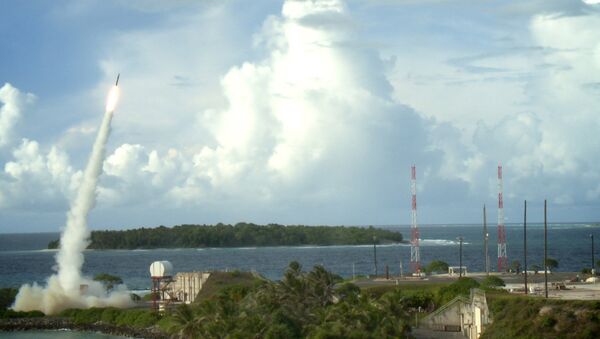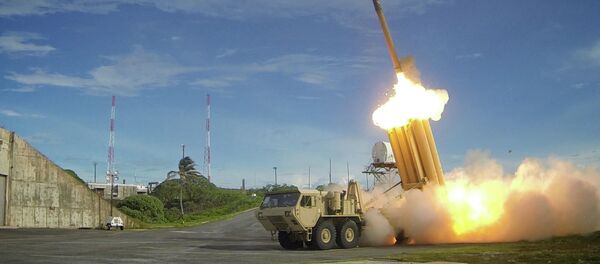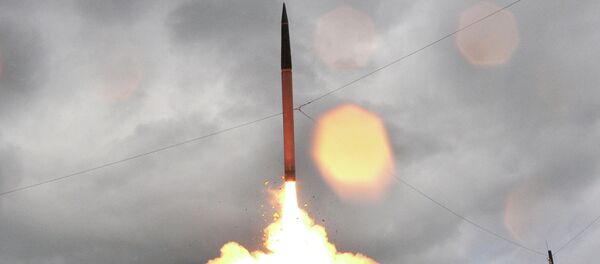"The Defense Ministry has no concrete plan to introduce THAAD at this stage, but the installation of this kind of new asset can be one of the measures to reinforce our [missile defense] capabilities," Inada said at a press conference on Tuesday.
She added that Japan is trying to find ways to strengthen its ballistic missile defense system, as North Korea’s nuclear and missile programs "pose a new level of threat."
In an interview with Sputnik China, Valery Kistanov, an expert at the Institute of the Far East in Moscow, said that Washington could pressure Tokyo to deploy THAAD missiles just like it previously did Seoul.
“The US wants to station THAAD in the Far East as a vital element of its global missile shield program, which is primarily aimed against Russia. In Europe the Americans are deploying antimissiles in Romania and Poland and South Korea, and Japan are their key allies in the Far East,” Kistanov said.
He added that on a strategic plane, the THAAD system was meant to contain Russia’s nuclear forces and also those of China, the more so now that China is seen in Japan as a major security threat.
“The US, just like Japan, wants to contain China’s growing clout in the Asia-Pacific region. This is what President Obama wanted, but, judging from what Donald Trump is doing, he is going to stay this course, despite all his rhetoric about Japan and South Korea needing to care more about their own security,” Kistanov observed.
With the Patriot PAC-3 missile defense system now stationed on its soil and Aegis warships guarding the country’s territorial waters, Japan already has everything it needs to handle a possible missile strike from North Korea.
The THAAD system is designed to intercept short, medium and intermediate ballistic missiles at the terminal incoming stage. It also boasts a greater range compared to what Japan has today.
In Moscow, military expert Vladimir Yevseyev still believes that the Pentagon overrates THAAD’s capabilities, just like it does Pyongyang’s missile potential.
“Given [THAAD’s] questionable efficiency against a real missile attack, I would not be provoking other countries by going ahead with its deployment. China could respond to its appearance in Japan by deploying more medium-range missiles. This would undermine security in the Asia-Pacific region, including Japan,”
Zhou Yongsheng, an expert with the Chinese Diplomatic Academy's International Relations Center, said that the deployment of the THAAD system in Japan would seriously boost Washington’s missile defense capability and also that of Japan.
The Terminal High Altitude Area Defense, or THAAD, which South Korea agreed in 2016 to be deployed on its territory by the end of 2017 with the stated aim of countering threats from North Korea, serves as one of the main irritants in relations between South Korea and China.
China and Russia have repeatedly voiced opposition to the deployment of THAAD, arguing that its real aim was to deter the strategic weapon systems not only in the Korean peninsula’s North, but primarily in China's hinterlands and Russia's Far East regions.
Never miss a story again — sign up to our Telegram channel and we'll keep you up to speed!






